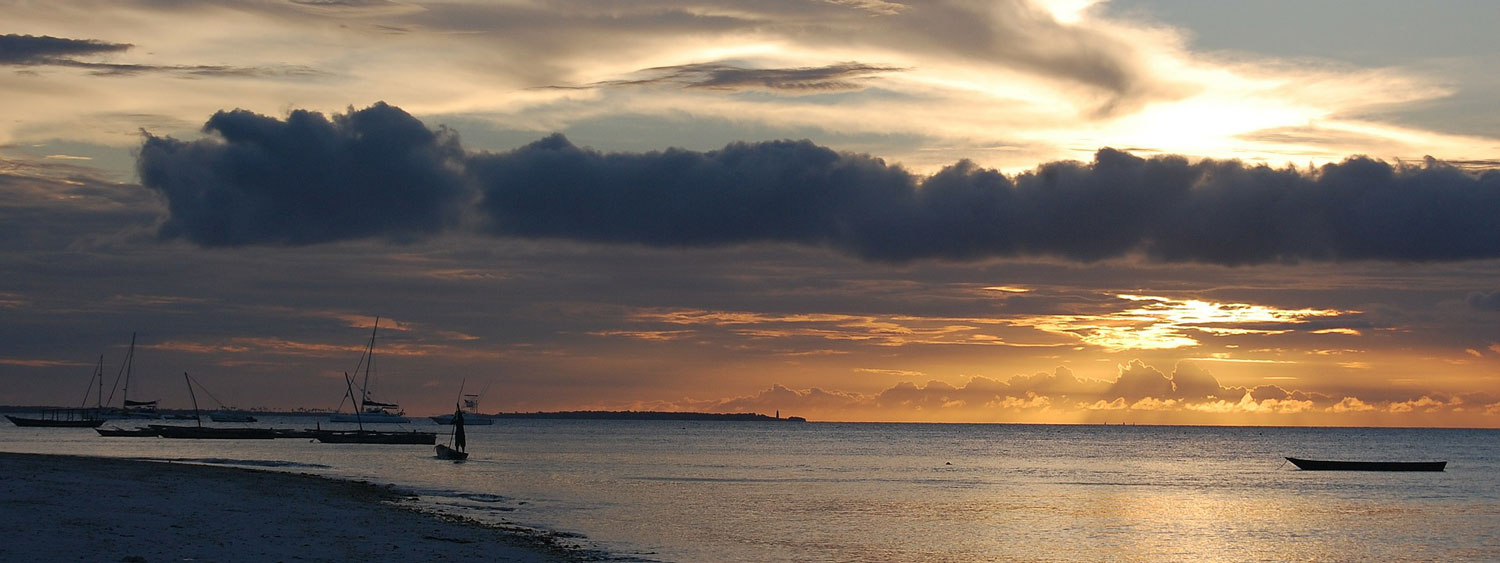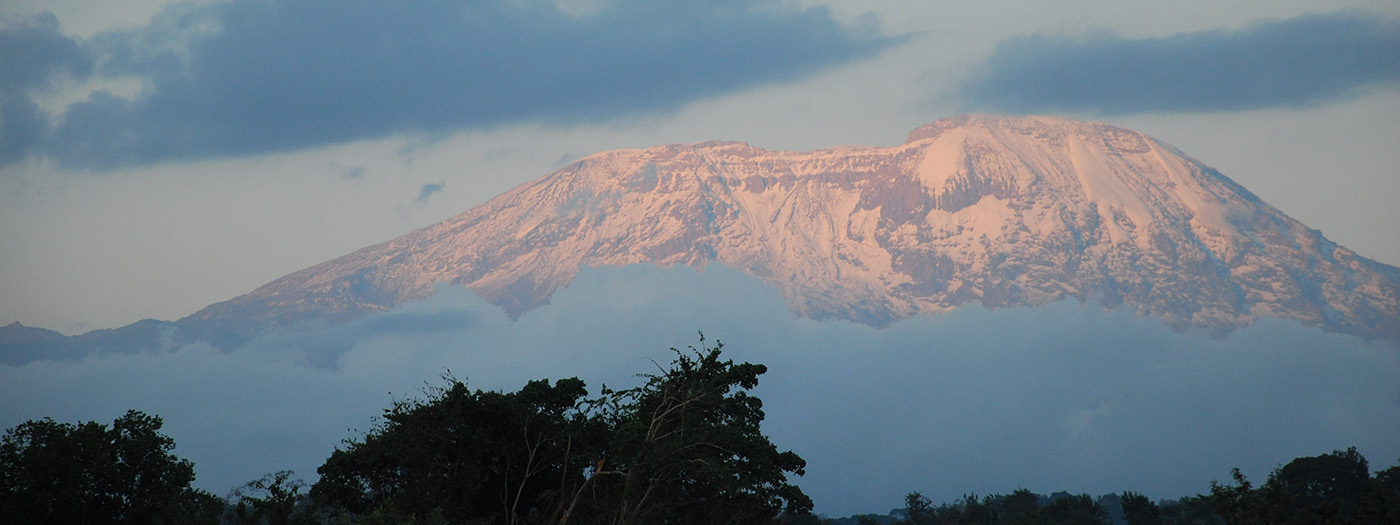Useful Information Regarding Tanzania: History, Climate, Weather, International Phone Calls,
International Airports, and Vaccination Requirements.
History
In 1964 Tanzania became the country we know it as today, resulting from the union of Tanganyika and
Zanzibar. Currently, there are over 120 tribes inhabiting the mainland – most coming from other parts of Africa. Most of the coastal region was originally controlled by the first European settlers, specifically the Portuguese. In the year 1699 Omari Arabis ousted the Portuguese from their control of Zanzibar. As a consequence of a late 19th century deal between British and Germans, Rwanda, Burundi, and Tanganyika
were absorbed into the colony of German East Africa. After Germany was defeated in World War 1, the territory of German East Africa was transferred to British control, under league of Nations and United Nations Mandates. In 1961 Tanganyika gained its independence in the Commonwealth following a period of self-governance. From this time until 1964 when Tanganyika joined Zanzibar to become Tanzania, the Tanganyika African National Union (TANU) was the dominant political party. TANU was led by its president, Julius Nyerere, from independence to 1985.
Info
-
Capital: Dodoma
System of Government: Tanzania is a Multiparty Democratic Republic
Population: 36.3 Million
Size: 364.9k Square Miles
Electricity: 240 Volts AC, 50 – 60 Hz
Language: Kiswahili & English
Religion: Christianity (45%) is the predominant religion, followed by Islam (40%).
Currency: Tanzania Shillings (TZS)
Climate
Tanzania has a tropical climate which is hot and humid and is known for coastal breezes around its coastal areas. Seasons in Tanzania consist mainly of two rainy seasons. The two rainy seasons consist of a monsoon season and a lighter rainy season. Monsoon season is typically between late March and June. Monsoon season requires preparation for heavy downpours of rain. The lighter rainy season is typically between November to mid-January and is much more manageable. The hotter time of the year is usually between December and March, and the cooler time of the year is between June and August. Temperatures can reach below freezing temperatures in high altitude areas such as Kilimanjaro or in the Ngorongoro highlands.
Comunications
Mobile cellular networks function well and are usually available during safaris, climbing, and Zanzibar. Guests can buy a local SIM card (or micro SIM) for voice and data in order to connect to the internet, send email, Skype etc.
International code for Tanzania is +255.
Lodges and Hotels typically offer either a small area for business, or WiFi networks.
*Your local guide will be happy to answer your communications questions while you are in-country, or you may contact our office at any time with your questions.
International airports
Dar Er Salaam International Airport is 15 km southwest of the city, but vehicle traffic is regularly congested causing airport transfer time to be quite unpredictable.
Zanzibar International Airport is approximately 7 km from the center of Stone Town, and a transfer from Stone Town to the airport takes approximately 30 minutes.
Kilimanjaro International Airport is located 40km from Arusha, and a transfer from Arusha to the airport takes approximately 1 hour.
Useful Information
Vaccinations
There are no mandatory vaccinations for travelers visiting Tanzania. Yellow Fever vaccinations are necessary only if you come from an endemic area; connecting flights are not taken into consideration if travelers stay inside the airport and their connection time is less than 12 hours.




